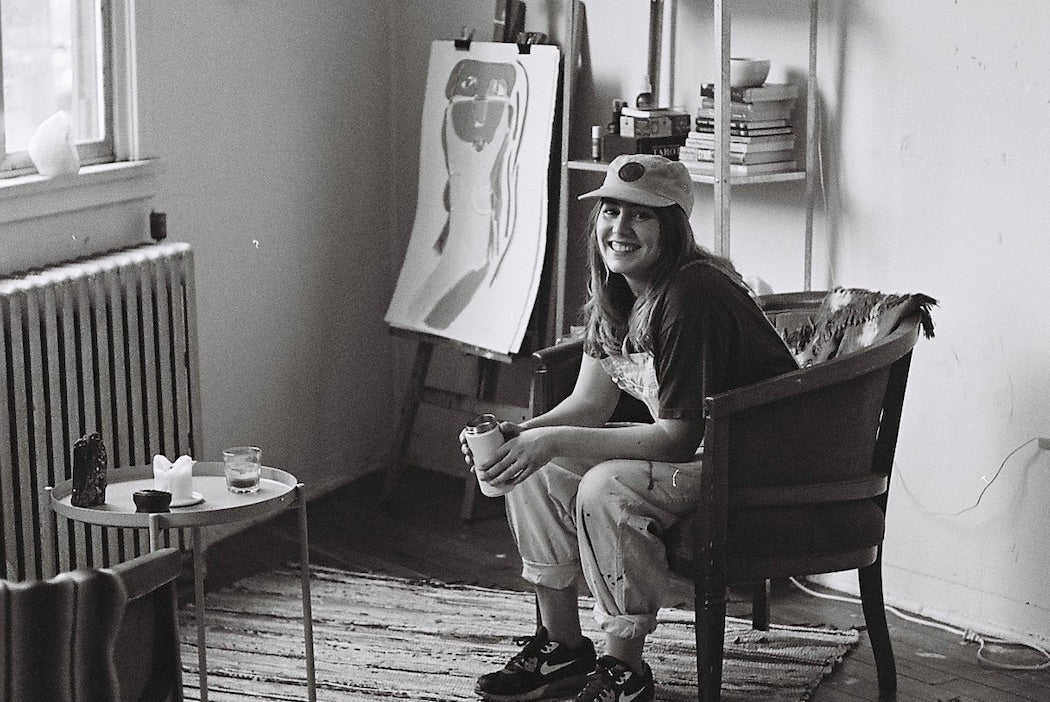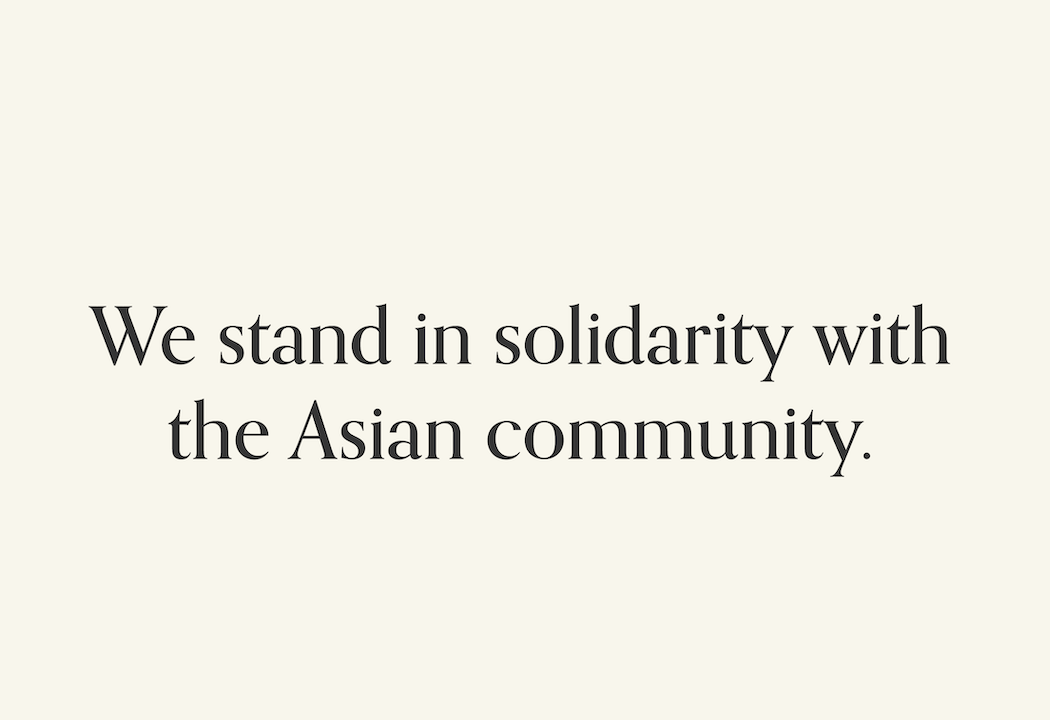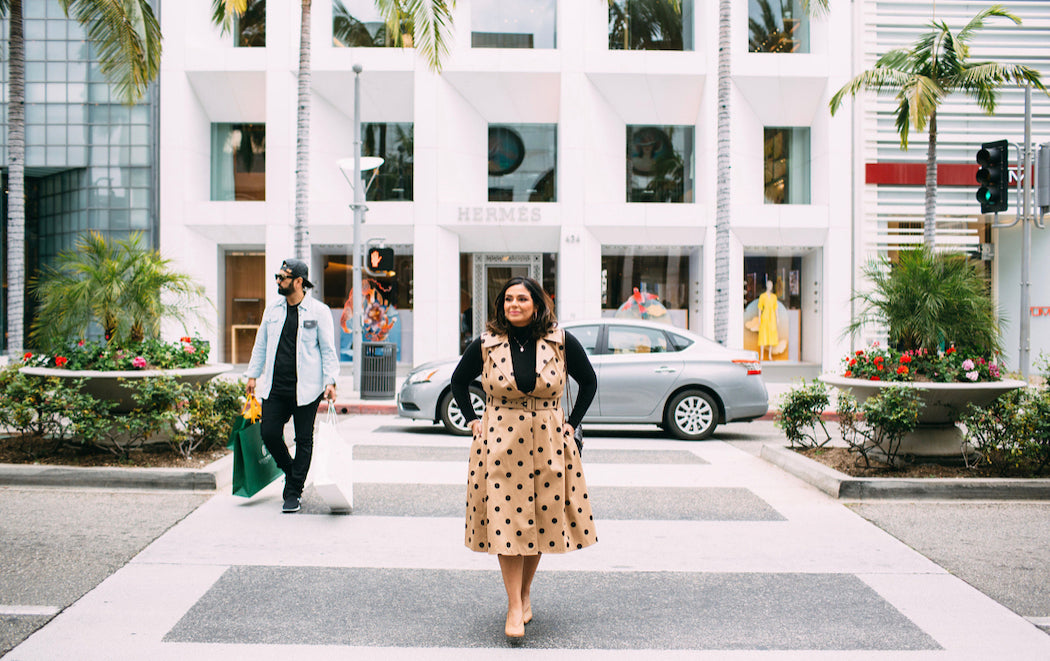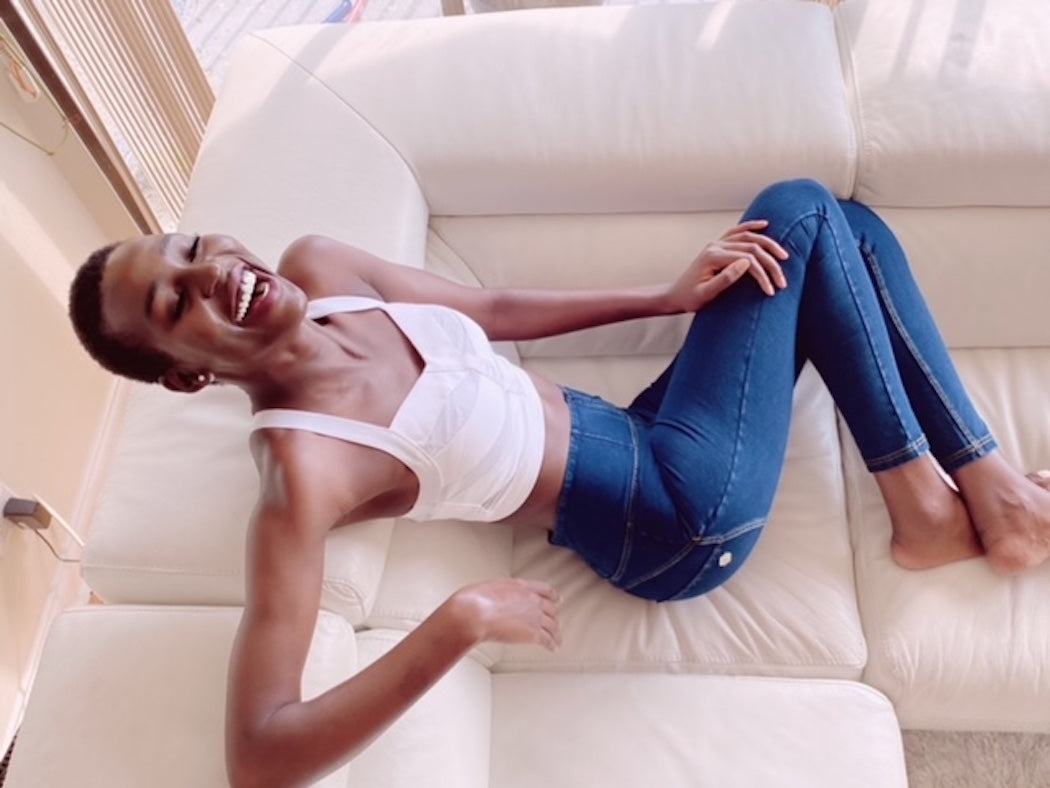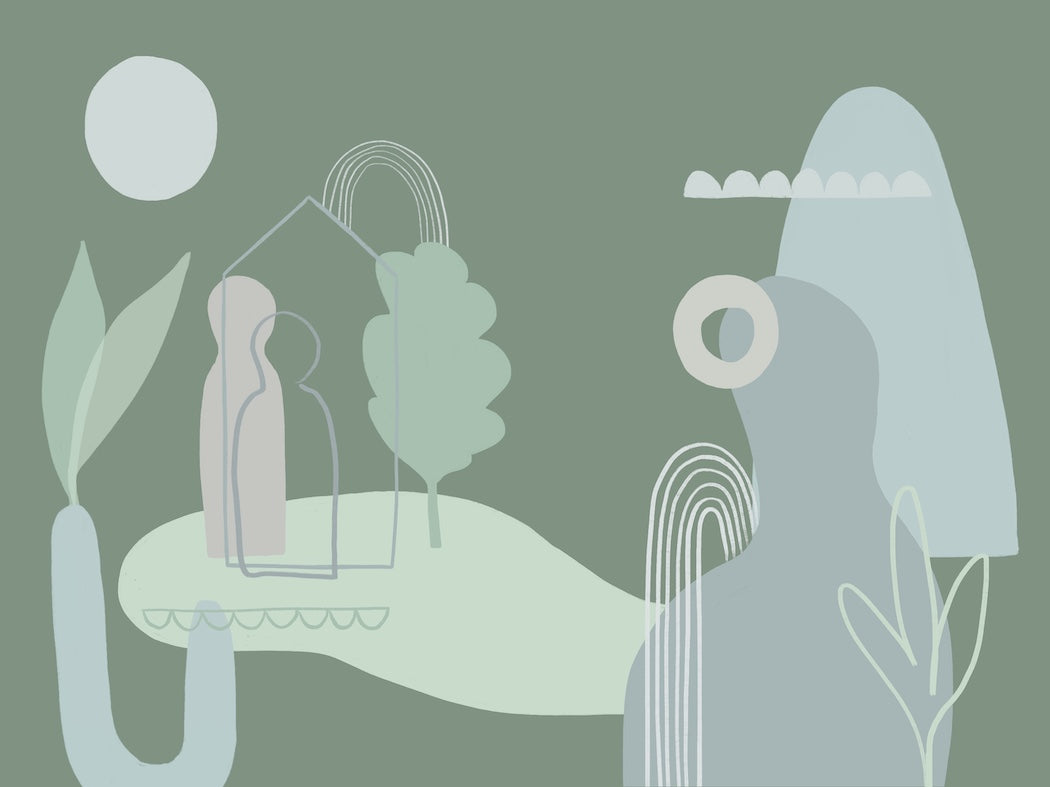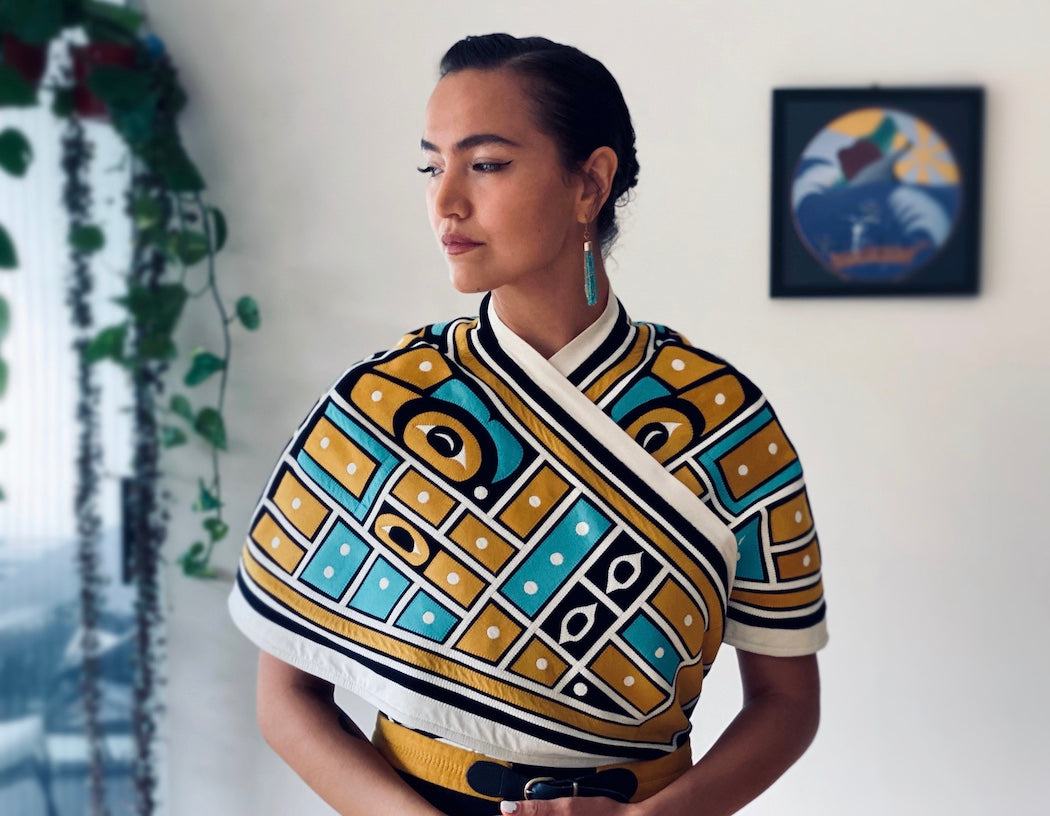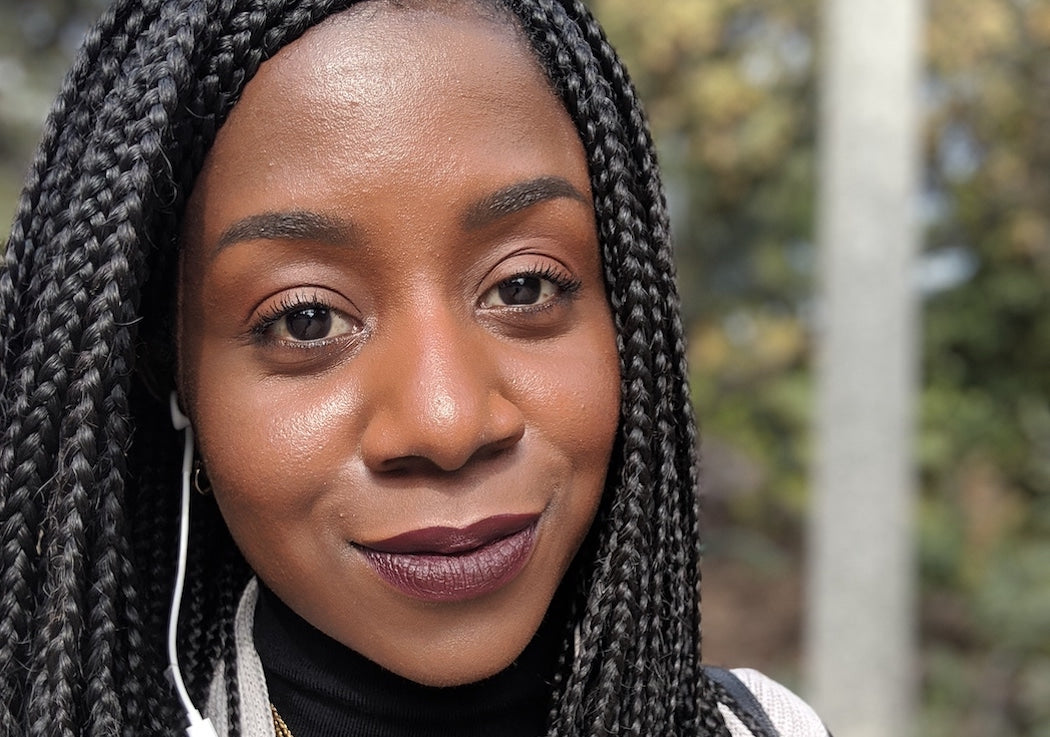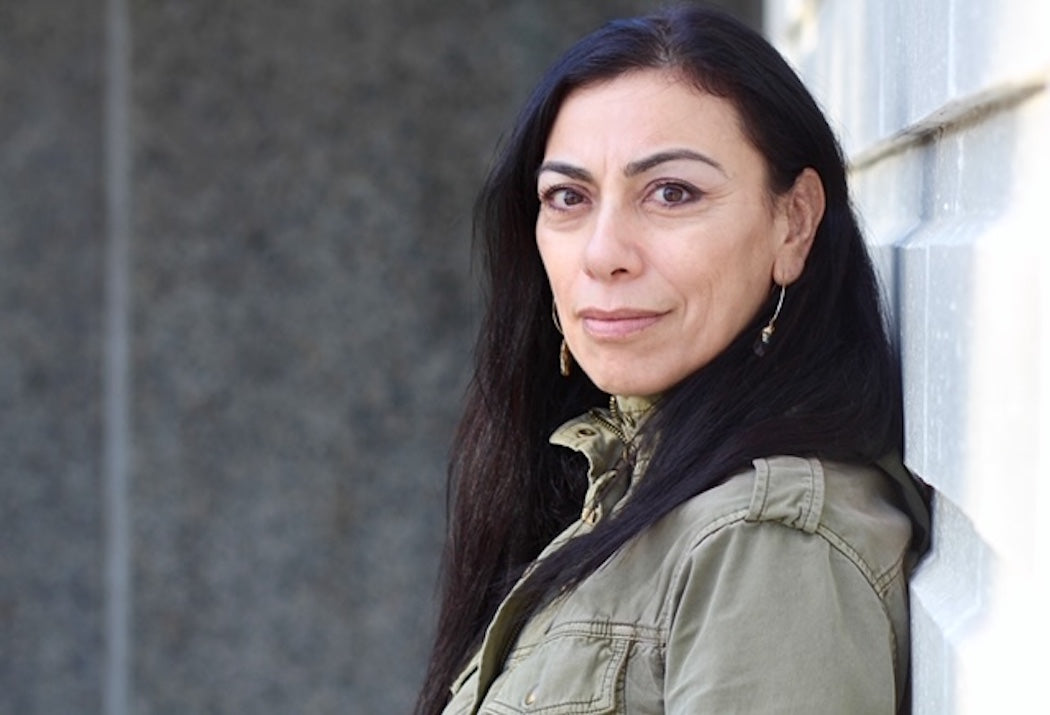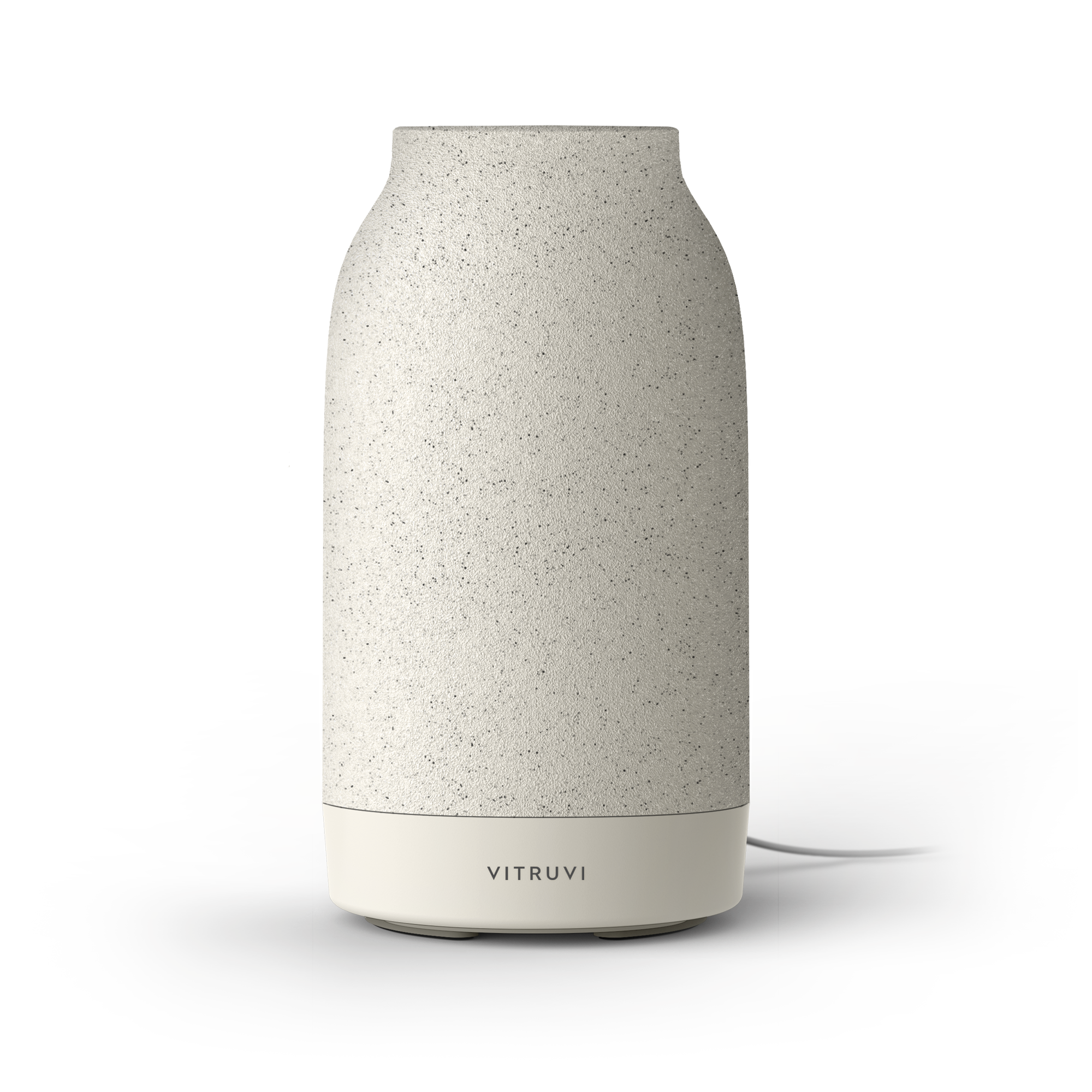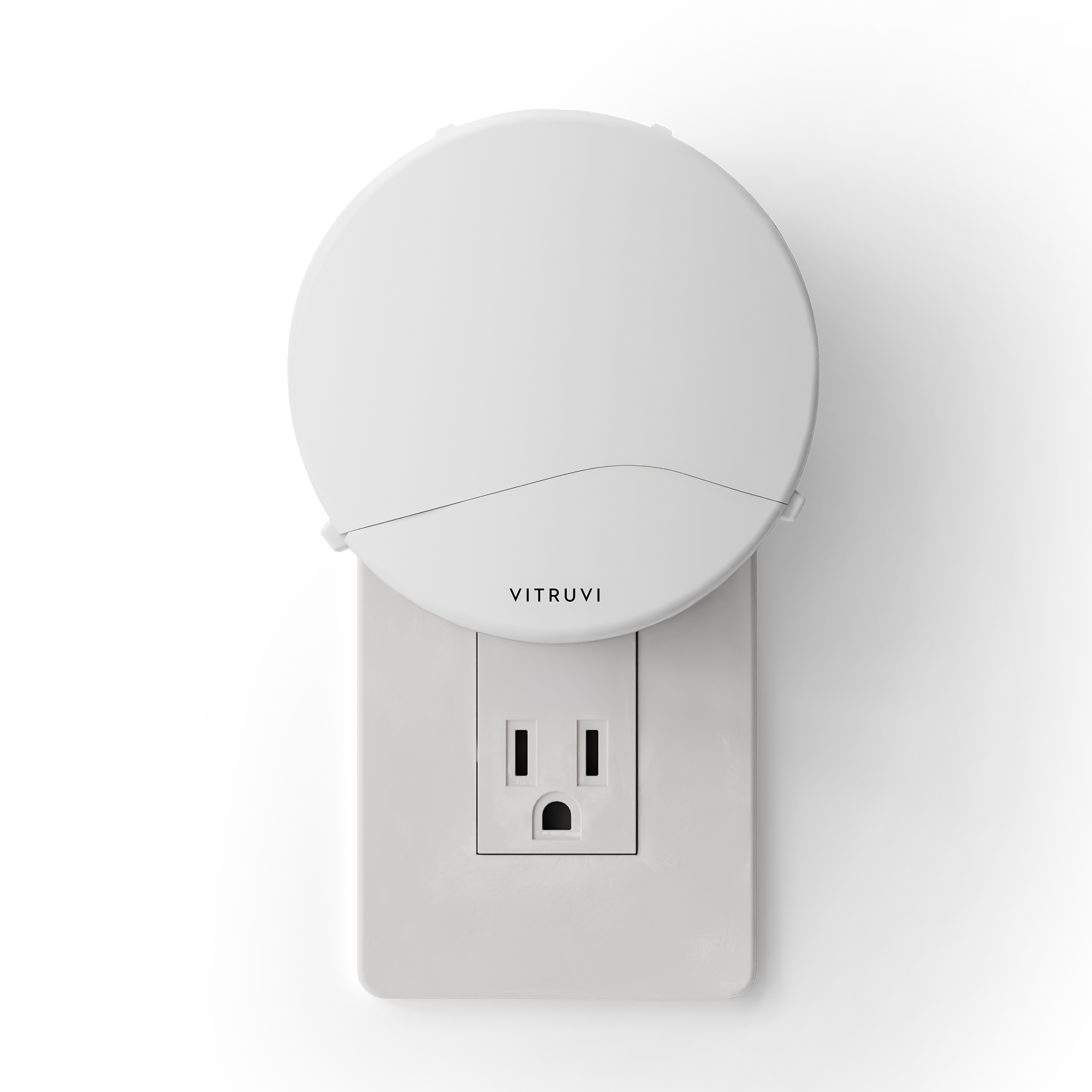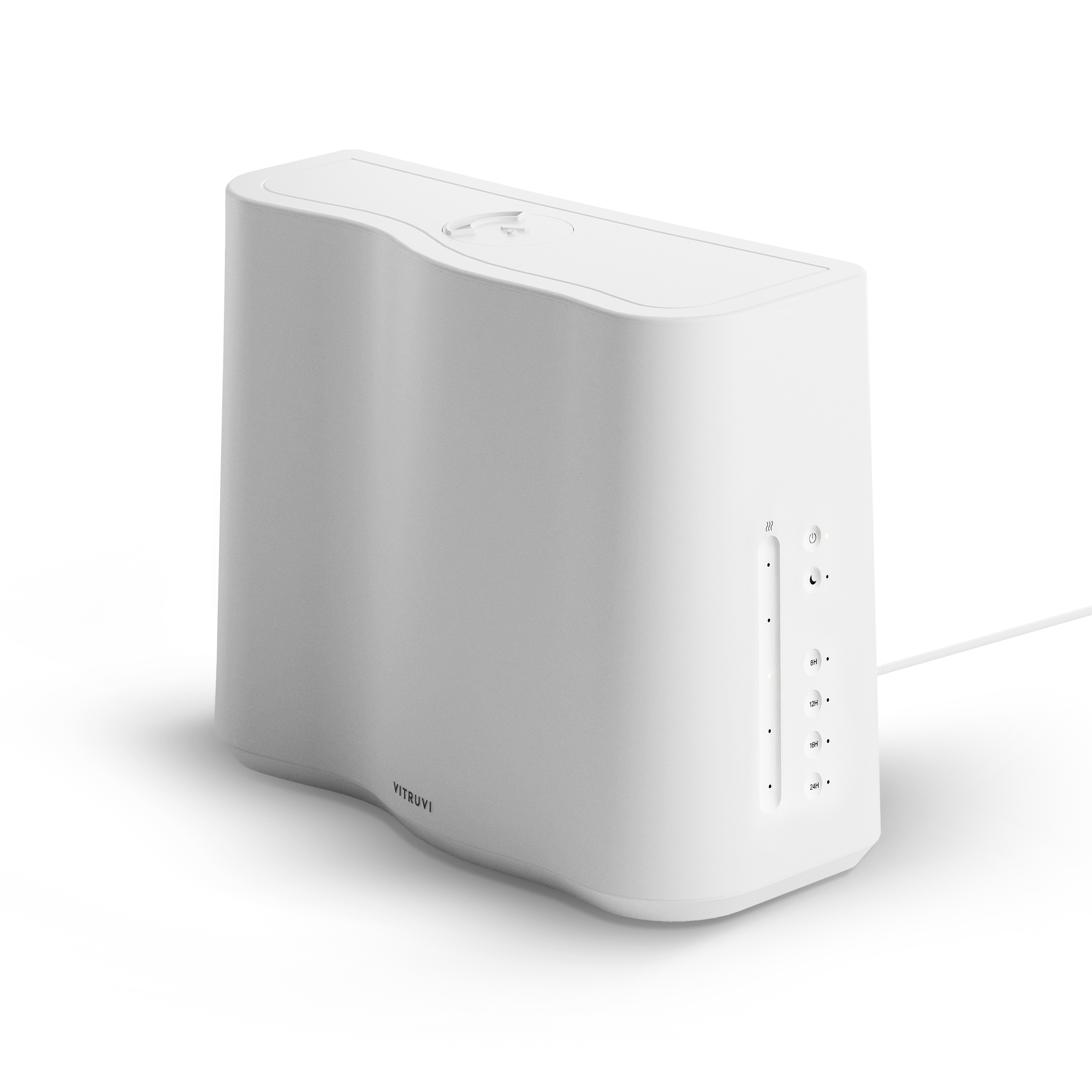Tori Swanson is kind, creative, curious, and warm. Her art addresses emotions we undoubtedly all face: fear, resentment, shame, doubt. Through her portraits, the physical shedding of clothing becomes a metaphor for something much stronger—this idea of breaking down barriers and getting rid of the painfully heavy weight we all carry that focuses on how we look. Quite simply, Swanson’s greatest strength is her approach to people, which can be summed up as: we’re all human.
We sent her some questions to learn more about how she lives her life in such a holistic and spiritual way.
When did you start focusing on art? Was it something you were always experimenting with?
Ever since I was a kid, I remember loving arts and crafts. My mom would put me into all different kinds of art camps, and I always loved Pablo Picasso as a kid. Even when I look back on my Grade 12 year, I finished academics early so I could take more art classes as electives. It’s interesting because later when I was applying to university, I only received acceptance letters from fine art universities. Yet, I fought my interests so hard because it wasn’t “cool” to be artistic where I grew up. I went to Langara college in Vancouver and did a year of fine arts, and studied abroad in Italy to learn about art history; and I soon dropped out and went into fashion communications at the Fashion Institute of Technology in Manhattan.
As I became really sick with an eating disorder in NYC, I had to move home. The first thing I did to help with my recovery was pick up a paint brush. Therapy helped, but I needed something more. Painting allowed me to completely relax. I would lock myself in my room and paint for hours. I would paint and paint and paint until I was utterly exhausted. Finally all that anxious energy had a place to be expressed, from a space where I couldn’t necessarily use words to describe how I felt. From the beginning, I saw art as a form of therapy, without any expectation to sell or pursue this as a career.
Recently, my brother reminded me that when we were kids, I told him I was going to be a famous artist. And he said, “Damn, Tori, you're really doing it.” Now in my coaching sessions, I always ask my clients what they wanted to do as a kid and why they strayed from it.
Can you explain your process a little more?
My art has shifted immensely; I use it as a tool to connect with my intuition. I receive visions, or colour, or forms. Most of the time I receive a vision of what the finished piece will look like, and then I’ll either go to my studio if I’m in the space to do it, or I’ll sketch it out for later. This has helped a lot, because normally I wouldn’t do anything with that vision and it would fade, and therefore I wouldn’t prioritize it. Because I paint nearly every day and prioritize it as part of my well being, I am a result of an open vessel, able to receive messages through my intuition and express them through my paintings. My finished pieces are always a lesson or a story about that which I need to hear at that moment in my life.
I want to share a little bit about divine inspiration. We all receive ideas or visions or bursts of inspiration. This doesn’t belong to us. It’s not Tori the personality who is doing it. We are all just a channel for the divine to transcend us and create. Have you ever had a great business idea, to then see that is was already created? That’s because we’re not the only ones receiving it. It’s up to us to pursue it or not, without any fear or urgency; it’s the divine working through us. The finished canvases or pieces I create aren’t for me, they’re for someone else. I can’t tell you how many times I have created a piece and had to stop myself from judging it, only to find it sold the next day to someone who fell in love with the piece—it wasn’t for me.
What made you decide to focus on the human form?
Since art school, drawing class was one of my favourites and I was naturally talented at capturing the essence of a human form through figure drawing. It’s not about drawing the form as we see it, but rather how it is expressed. My quick sketches will encompass this notion more than my nude portraits, which I paint for my clients.
As I saw the bold and confident women who posed nude for my class of first-year students, I idealized them. I was a shy woman who deeply struggled with anorexia and bulimia, someone who was so ashamed of herself and her body. Someone who felt her world was out of control and the only control she could pursue was what she ingested. The figures I draw are formless, free, and non-constricted, which is a beautiful metaphor for the bold lines and statements in my pieces. I encourage everyone to see their body as a tool and vessel that has given us life rather than for its faults.
Figure drawing taught me to be all encompassing of the expression rather than being meticulous about what it looks like. The quick sketches and bold lines in my paintings allow me to see the body as a statement of who we are rather than what we should be.
How has your art changed over the years?
I’m way less judgemental about my work, and this has created room for expansion for me to be who I want. I love channelling Jean-Michel Basquiat because I find his work had a no-nonsense quality. It was bold and breathtaking, and my work is deeply inspired by it. I don’t even use the whole canvas; I believe raw bits of linen is so stunning as a juxtaposition agains bold, vivacious colour. It’s almost like the unfinished pieces of ourselves complement that which is already finished. Our journey of expansion is never finished.
How would you describe the relationship you have with your subjects?
Well, when I host nude portraits, my relationships with my clients are profound. I want to open up the vulnerabilities of my clients and draw that, because that is their strength, beauty, and uniqueness.
Lately, my inspiration has been my own personal journey, and so I’m as raw and unfinished as possible. And I hope that translates into my canvases.|
Where does the spiritual side of things come into play with your art and your process?
My artwork is my medium of delivering messages. As an intuitive, I can’t deny the first thoughts and inspiration niggles I receive—I have to paint them. Teaching is part of my gift, but my true talent stems from my ability to share that experience on a canvas. That canvas stands for that journey and vibrationally; it aligns with someone who is currently working through it or has, and would like to have that as a statement and reminder of our constant choice to choose enlightenment.
Who are some of the women who inspire you?
On an artistic level I’m inspired by Frida Kahlo and Christiane Spangsberg, and to be honest a lot of male artists like Basquiat and Henri Matisse.
On the day-to-day, my friends inspire the heck out of me. They’re all badasses and pursue their dreams like I’ve never seen. To me, this is a reflection of my journey: their success is my success and my success is theirs, too.
How do you tap into your own divine feminine energy?
Success habits. I have five non-negotiable habits a day that make me feel good in my body. They are elements that keep me balanced, in flow, and feeling good. I meditate, journal, cook, move my body, and create every day, and sometimes they mesh together. If I do not do my meditation and journalling daily, I’m actively choosing not to connect with my divine feminine, and I don’t have room in my life for that. Being connected to the divine feminine allows me to surrender to what is, and it reminds me that life is full of ebbs and flows and that I must trust, trust, trust—especially when life gets tough.
How do you practise self-care?
Success habits. I shower with a Himalayan rock salt and rub it on parts of my body that may feel achey, like my head, and when I pop out of the shower it’s gone.
I’m a big scent person, so I like to open up all my doors and windows, light incense or turn on a diffuser, and get the house smelling nice and cozy.
My atmosphere is big for me, so when I feel like the mood is lit in my space, I feel at ease and peaceful.
If you could leave the women reading this with one takeaway, what would it be?
Trust, trust, trust. We’re not meant to know how everything is always going to work out. We just have to know why we want something and develop the belief that we can have it all. We’re all born with the divine right to be prosperous, and if we can come back to that truth, then we have found the secret of life. We put roadblocks up on ourselves, and it’s your job to take them down—and face why you put them up in the first place.
This interview has been edited and condensed.

